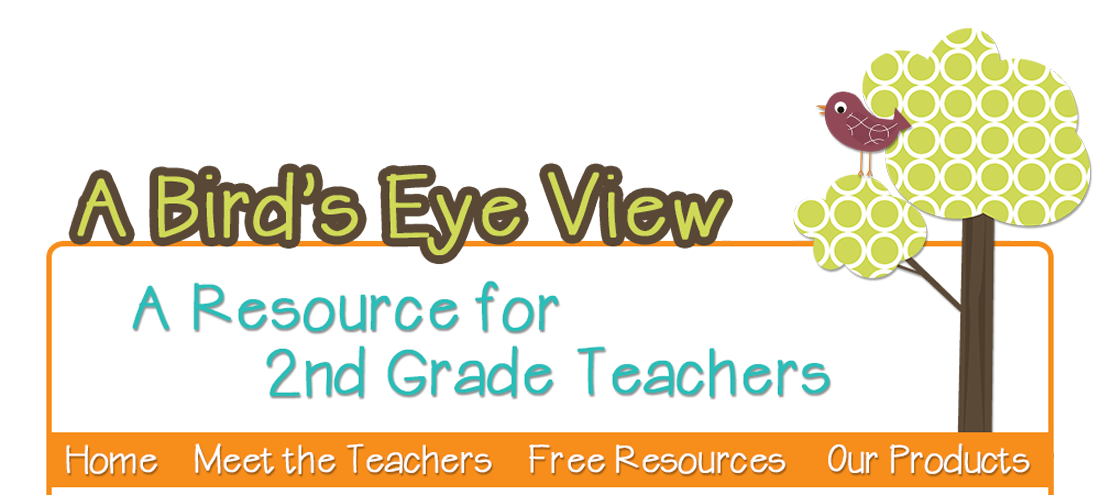So I've always thought that these kinds of assessments are ideal. Instead of limiting kids to your supplied answer choices (and one silly one that someone ALWAYS picks), kids can show the depth of what they know. Best case scenario: kids make a connection that you hadn't dreamed of yourself. What a wonderful world!
On the other hand, I don't often do these kinds of assessments because they seem to be so blasted time consuming. A paper and pencil test takes maybe, thirty minutes? Performance assessments can drag on for days. Some kids make great connections and show deep understanding. Others, not so much.
In a perfect world, all of my assessments would be this way. I hate to say it, please don't judge my less than sunny outlook, but mine is not a perfect world. There, I said it. I just don't have time to give this kind of assessment all of the time. Sometimes, though, I am encouraged to reach beyond my comfort zone and make time for things that I otherwise might not. That is the case this year. For the past two years, our system has had teachers give a performance assessment related to our social studies content. Namely, students have to tell about an imaginary civilization based upon its location on Earth and the natural resources surrounding it. This is great. It goes right along with our studies of American Indians, ancient Egypt, and ancient China. Our kids usually do quite well on it. This year, my school is doing focused work to prepare our kids even further. The idea is to prepare children by giving two performance assessment tasks leading up to the final one. I'm seeing it as giving our kids a running start, some experience, and eventually reaping the benefits of getting a better understanding of their knowledge and abilities.
I thought I would share with you what we are doing, in case you can use it in your classroom too. Also, we'd love feedback on what you think and what you have learned if you have gone down the same path.
Here's what we've done...
First, we started with the idea of revisiting our Americans Indians unit and trying to tie it into our most current unit, economics. Immediately, we thought of bartering and natural resources. Then we realized that capital and human resources also played a part in the bartering of American Indians. After thinking about that, we also added the idea of scarcity as a reason for bartering, which then lead us to needs and wants. OK, so maybe economics and Native Americans could be brought together, and pretty easily. We were hoping that the kids would make some of these connections also.
We came up with a simple sheet of our own, sort of resembling the sheet that our system uses for the final assessment. Here it is, nothing groundbreaking. Get it here.

I was all ready to give it, when I stalled. I may have told you this earlier but... I have a classes of 50% English and 50% Spanish speakers, and so I usually have to front-load heavy language activities like this with something that kids can seriously connect with. I decided that I was a little worried about the kids coming up with goods from a list of natural resources. I was worried that I might see modern-day goods or maybe just our list of natural resources being copied.
I did some thinking on that. I decided on arrows. I needed to do a hands-on activity with something that all of the kids were all familiar with - arrows. Arrows are full of natural resources, but also require some capital resources to be made. I also happen to have a really cool arrow that I bought when I was in New Mexico for a dual language conference (La Cosecha is the best!). I put together a tub of stuff that the kids could use to make their own arrows. One of them squealed, "Oh we get to MAKE arrows!" Yup, that's what my kids love to do. Make, make, make. The materials in the tubs that I passed out were super low tech: straws, pipe cleaners, and black paper. At their desks they had scissors and glue. You could choose whatever materials you have hanging around. Students had a ball experimenting with the materials. In pretty short order all of the kids had their very own arrows.
After making the arrows, I had students draw them on paper and label the drawing with what it would have been made out of long ago (not straw and construction paper of course). There were some very creative answers. I had a few kids say that their glue was tree sap - nice! I encouraged them to draw and label their diagrams very scientifically and, of course, they obliged, take a look at what some of them came up with!

Here are the blank documents and one that I made for pottery as well. Because I was working on comprehensible input and scaffolding for my ELL, I added the sentence frames at the bottom for sharing, but I told kids they could freewheel on their sharing if they were comfortable. Some used the sentences frames, some did not. I have them for super cheap on TPT here (in the context of the comprehensible input lesson.

Here are the blank documents and one that I made for pottery as well. Because I was working on comprehensible input and scaffolding for my ELL, I added the sentence frames at the bottom for sharing, but I told kids they could freewheel on their sharing if they were comfortable. Some used the sentences frames, some did not. I have them for super cheap on TPT here (in the context of the comprehensible input lesson.






